
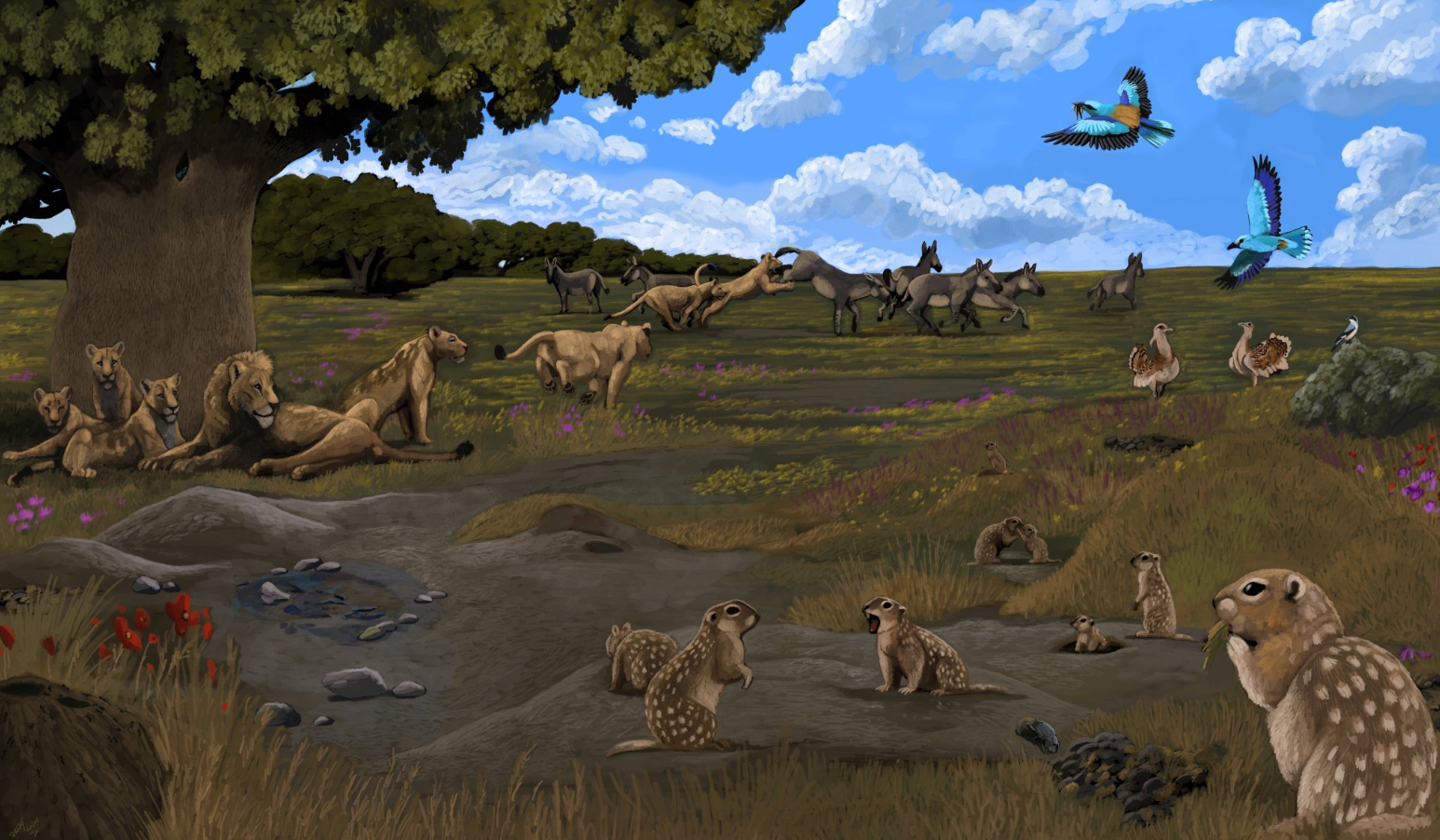
Victim to the Woods: Souslik and Steppe Dynamics in the European Holocene
The European souslik, although comparably little known, is a singularly droll inhabitant of European grasslands, vineyards and airports that is, however, seriously threatened. Less than half a century ago, it was still found in parts of Germany, but its recent history has seen precipitous declines, and its disappearance from vast areas, particularly in Central Europe. In this respect, the European souslik bears an intriguing resemblance to its more elusive extinct relative, the Pannonian souslik, and their fates are closely intertwined. The decline of both animals is, however, a mere symptom of a common cause, namely the collapse of what was once an extensive biome, long since broken up into isolated pieces: the European steppe.
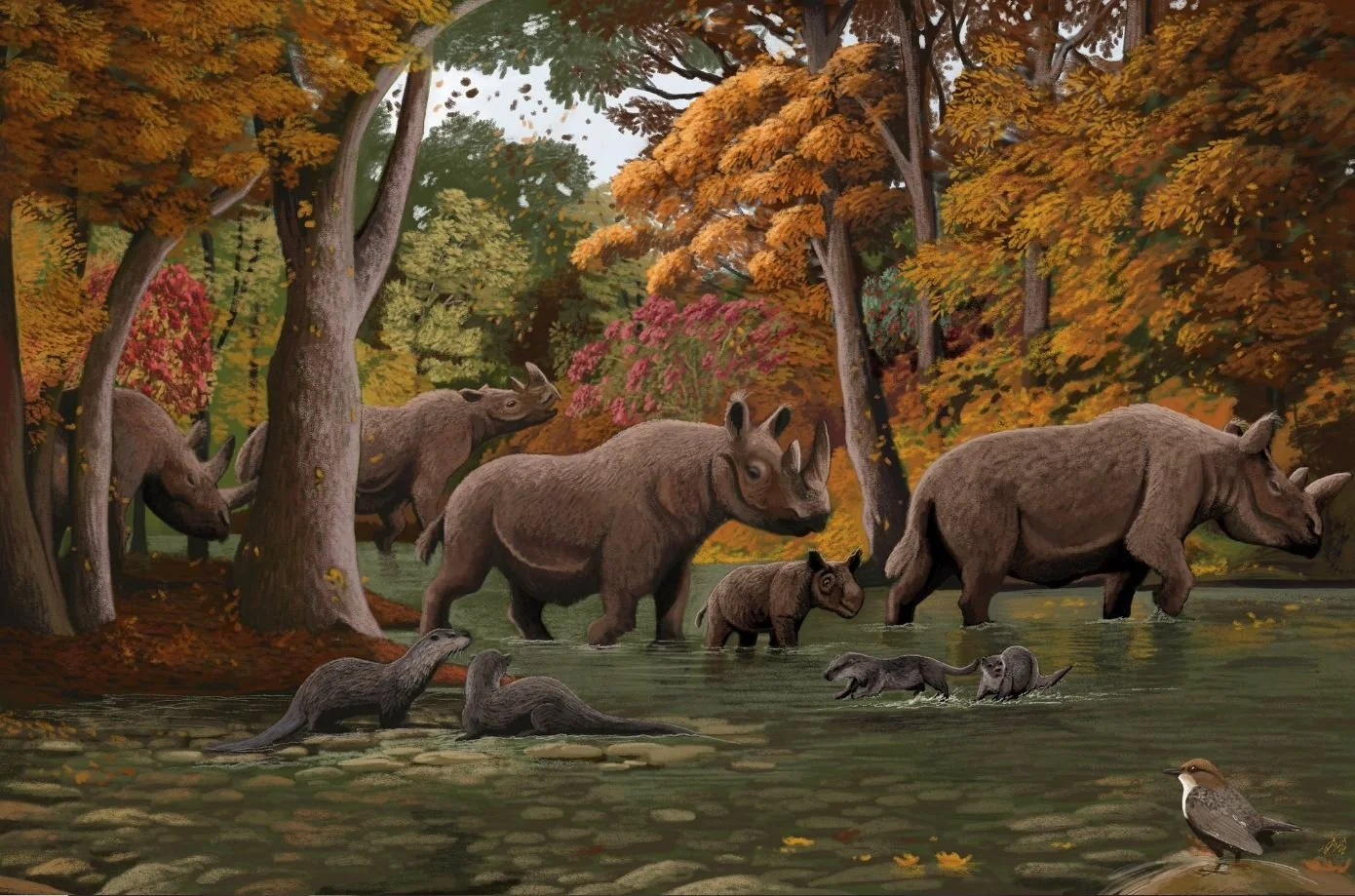
The Lost Rhinos of Europe
Though rhinoceroses today are intimately associated with Africa and South Asia, once they were distributed throughout the Old World. Most people have heard of the woolly rhinoceros, but few today are familiar with the other lost rhinos of ancient Europe.
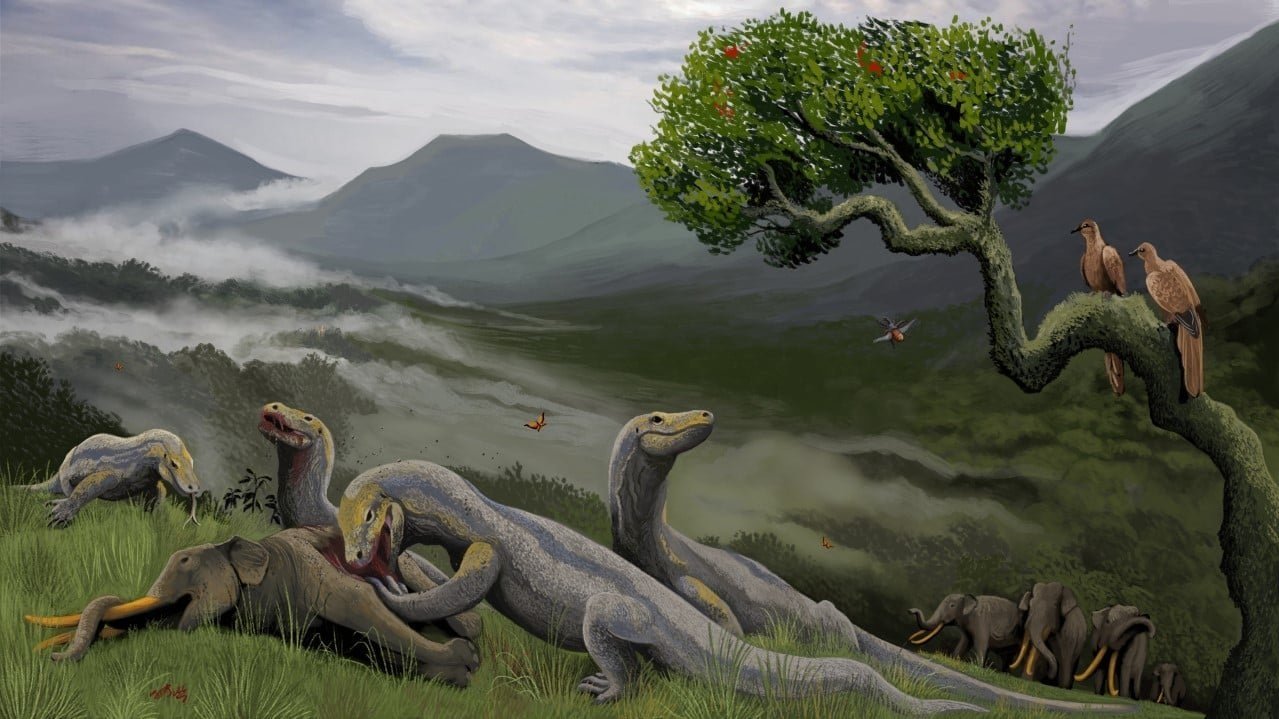
The Lesser Sundas Part 2: Timor and the Remaining Isles
In this article we turn to Timor – the easternmost of the major islands that make up the Lesser Sundas. Its location places it much closer to the Sahul landmass than Sundaland – during times of low sea-levels only being divided by the narrow Timor strait. The island boasts a sizable fossil record of its own, which although similar to that of Flores, has notable differences in fauna and suffers from poor dating. More importantly, Timor yields the best record of Pleistocene archaeological evidence from the Lesser Sundas and places the arrival date of Homo sapiens to the archipelago on a much surer footing.
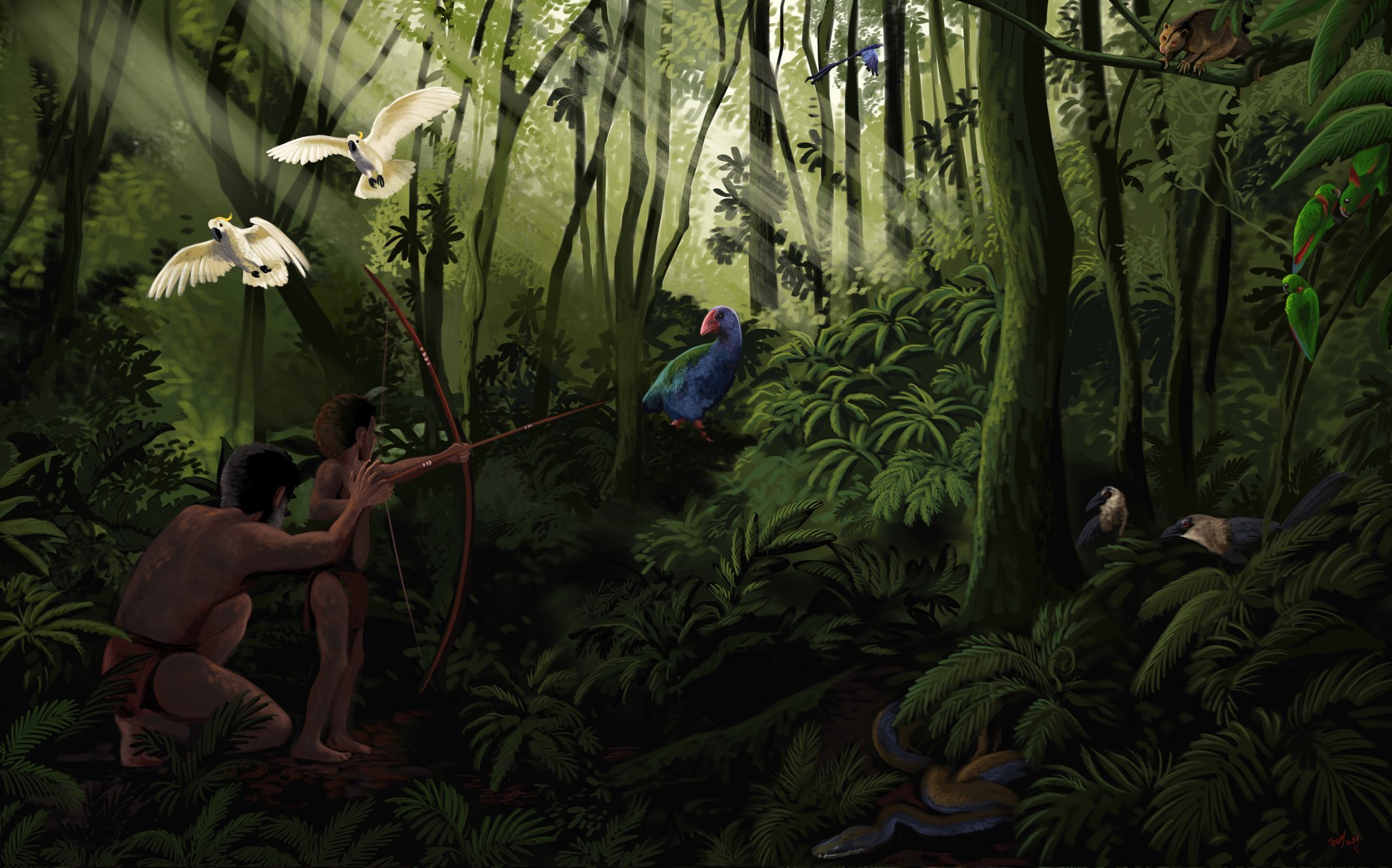
Inner Melanesia - the Bismarcks & Solomons
Melanesia, the ‘Black Islands’ as the Latin translates, is named in reference to its people, who are darker than the Austronesians with whom they share their island world. The name could equally be given for the region’s rich, dark soils, however, for it is one of incredible fertility and biodiversity. New Guinea, which constitutes the vast majority of the region’s land-area, holds up to 6% of the Earth’s species, whilst harbouring the richest flora of any island on the planet. Beyond its shores, this natural wealth does not end, from the jungle hills of New Britain to the ancient, Gondwanan forests of remote New Caledonia, far to its south. It is a region of political and cultural complexity as well, divided across multiple nations and home to more unique languages than any other region in the world. There are, in short, more habitats, more cultures, more species—more islands—than any one article can cover. Here, we will focus on a particular subset, on what may be dubbed ‘Inner Melanesia’, the Bismarck Archipelago and the Solomon Islands.
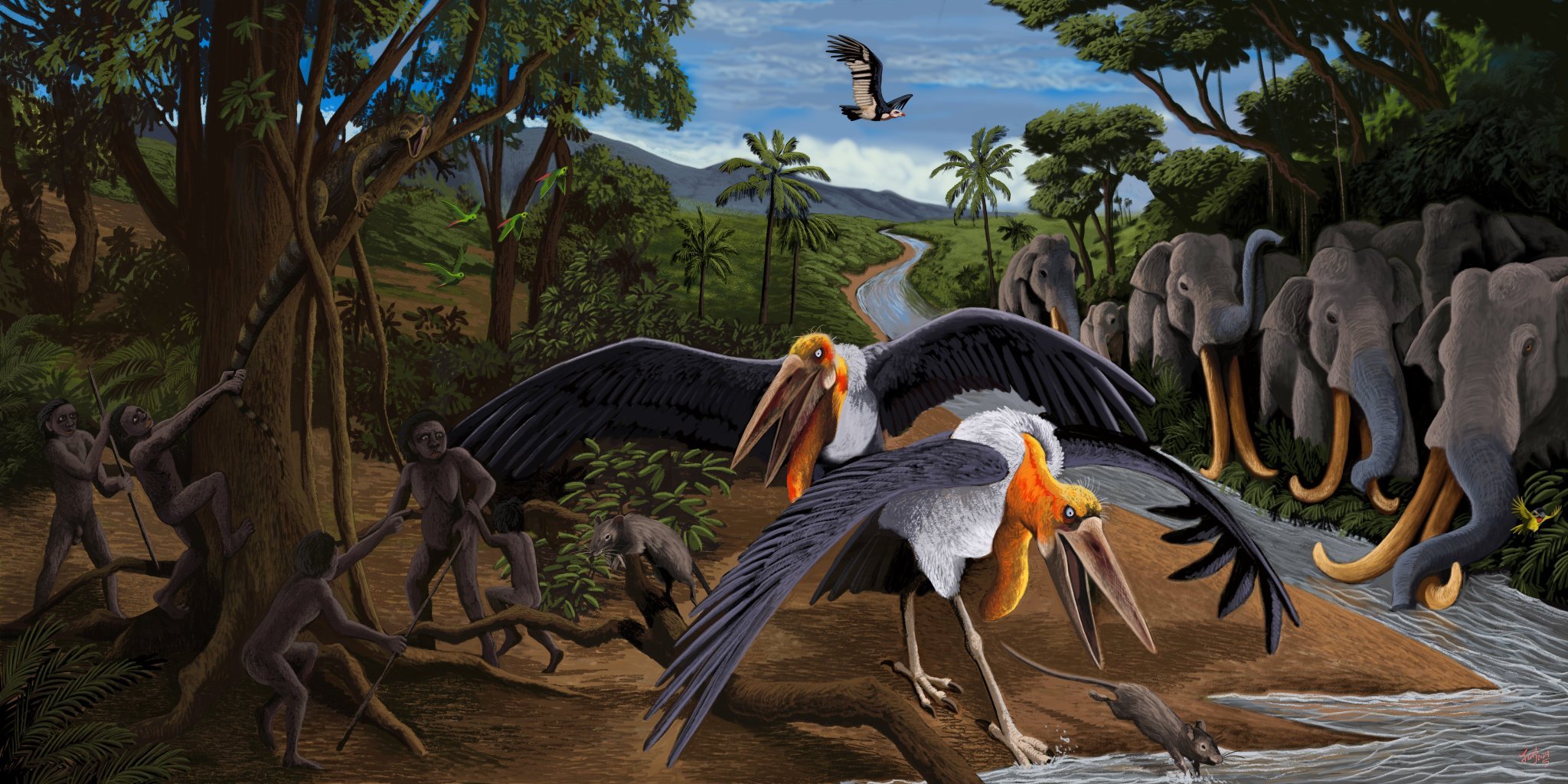
Lesser Sunda Islands Part 1 – Flores & Sumba
The Komodo Dragon (Varanus komodoensis) looms in the public conscious. Dwarfing all other extant lizards (not including snakes), capable of subduing oxen and notoriously even taking human lives. A handful of these behemoth saurians dotted in remote refugias are all that remains of the once distinctive community of the Lesser Sundas, an archipelago located east of Java and comprising Bali, Lombok, Sumbawa, Flores, Sumba, Timor, and a host of smaller isles.
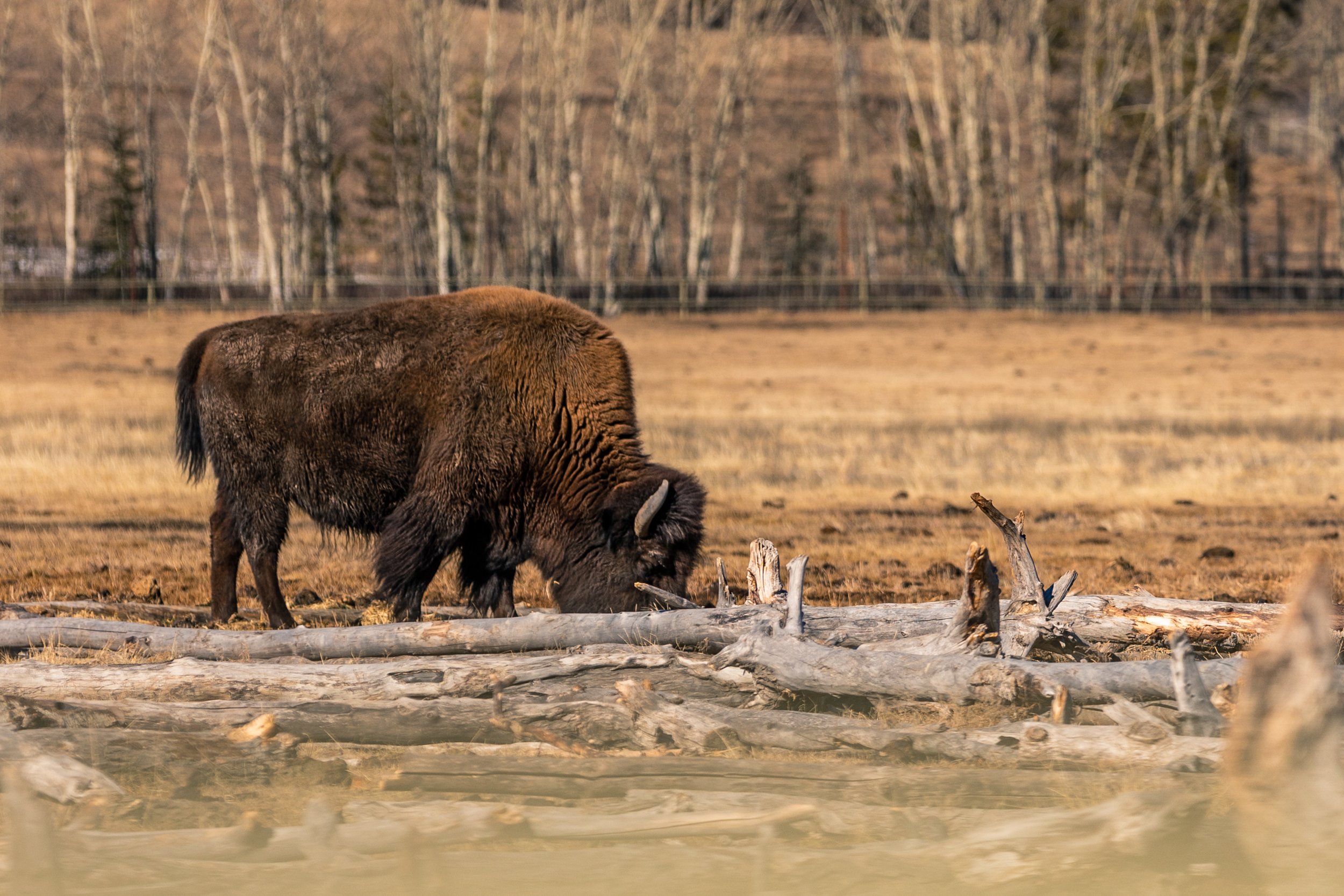
Mid-Late Holocene Extinctions in the Yukon and Alaska & Implications for Future Restoration
The quintessential “ice age” mammal that almost anyone could name is probably the woolly mammoth (Mammuthus primigenius). This animal has dominated our collective imagination since people first entered glacial Eurasia, roughly 40,000 years ago, as recorded in numerous cave paintings (Luzan et al., 2020). What always strikes me as odd (and rather sad) is how recently mammoths went extinct. A common but fun piece of trivia is that mammoths were still around when the ancient Egyptians were building pyramids, in reference to the population from Wrangel Island, off the coast of Siberia, which went extinct roughly 4,000 years ago (Vartanyan et al., 1995). We have been aware of this fact since 1995, but recently it has been determined via environmental DNA that other populations survived on the mainland just as long, i.e. to the mid-late Holocene transition. These include populations on the Taymyr Peninsula in Russia (Wang et al., 2021), but also in the Yukon Territory in Northwestern Canada (Murchie et al., 2022; Murchie, Monteath, et al., 2021). In this article, I will be discussing this and other large mammal extinctions that occurred very recently in the Yukon and adjacent Alaska, and their implications for ecosystem function and restoration in the future.

Evolutionary Anachronisms in The Western Palearctic – Part I: Puzzling Pomes
In their 1982 paper Neotropical Anachronisms: The Fruits the Gomphotheres Ate, Daniel H. Janzen and Paul S. Martin defined it as a trait of a plant that is inexplicable unless seen in the backdrop of its evolutionary past. For instance, Gymnocladus dioicus, a tree in the legume plant family Fabaceae that is native to the eastern United States, produces seed pods that are poisonous to mammals, unbreakable to rodents and impervious to water, yet depend on all of these for dispersal since the seeds, the largest in the continental United States, are too heavy to be carried by wind anywhere far. As a result, each year the parent tree will produce pods that fall to the ground, where they slowly decompose over the years, even in seemingly natural habitat. This is odd because the fruit of any plant is always intended as a diaspore. Plants have outbid each other over millions of years in attempts to produce the most sophisticated designs that will allow their unborn offspring to travel and germinate a preferably long distance away from the parent. So, if the Kentucky coffeetree, as it is also called, fails so miserably at dispersing seeds away from the parent tree, despite an elaborate diaspore, one is compelled to ask, why?.
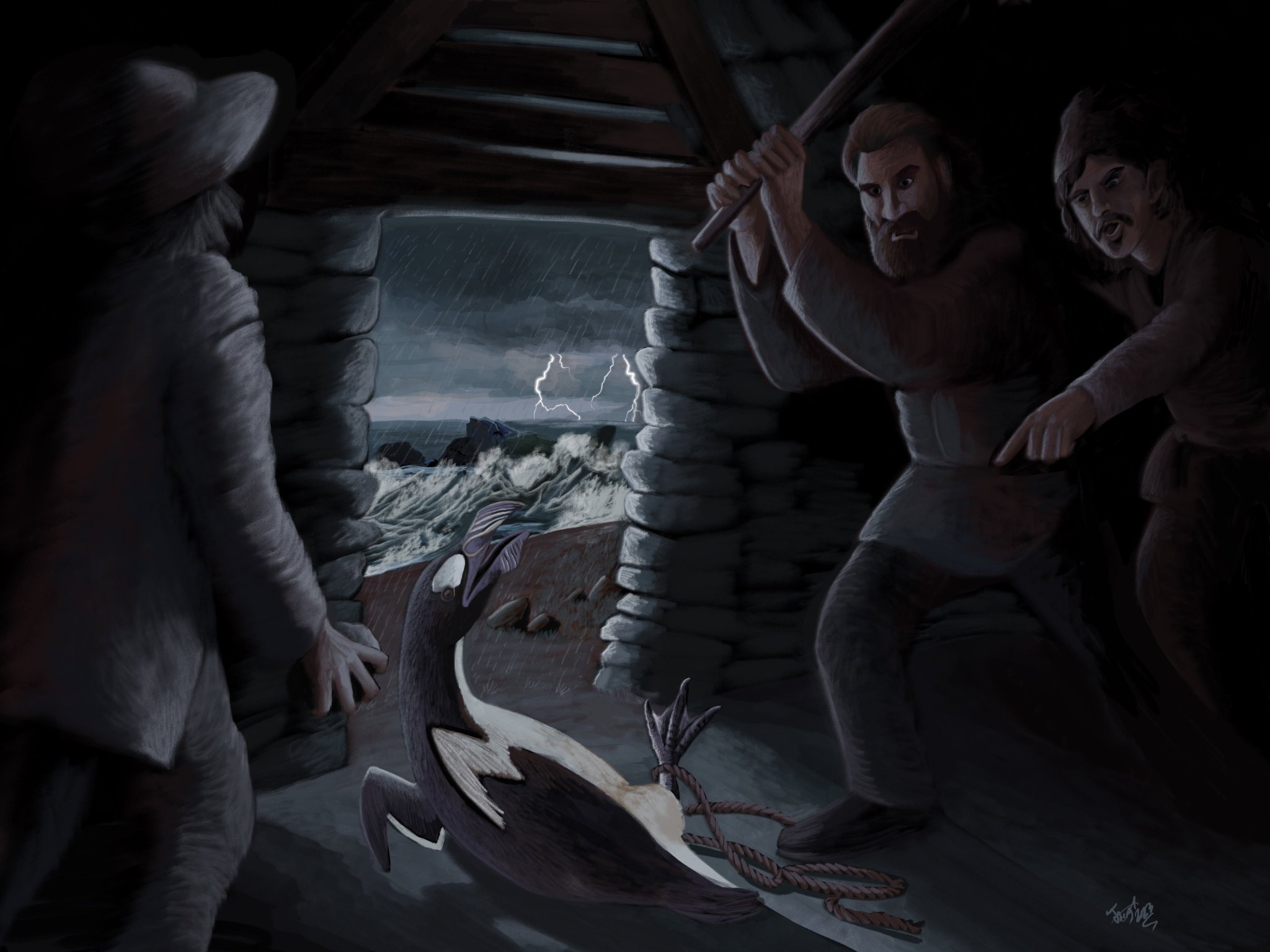
The History of the Decline and Fall of the Great Auk
The extinction of species has long captivated the curiosity of scientists and nature enthusiasts alike. Within the realm of vanished creatures, the great auk stands as a prominent figure. As the only flightless bird in the North Atlantic, the great auk (Pinguinus impennis) held a unique position as the largest member of the Alcidae family, commonly known as auks. This goose-sized seabird has left an indelible mark on our natural history

Isles of the Tasman Sea – Part II: Norfolk Island
Norfolk Island offers an interesting juxtaposition to Lord Howe Island, as it contains a very similar faunal guild, but the extent and circumstances of its extinctions are somewhat different.

Pachyderms, Power, and Politics: The history of the elephant in Northeastern Africa
The elephant was once numerous, and politically significant in the region of Northeast Africa, for cases of convenience, defined, for the sake of the essay, as Sudan, Eritrea, and Northern Ethiopia. Now all but gone, only found in a small population in Western Eritrea, which occasionally crosses into Sudan. It’s presence in the region encouraged the spread of ancient imperialism, with the Ptolemies of Egypt seeking to use the elephants as a resource, both for their ivory, and their value in warfare. Kingdom’s rose and fell according to the fortunes of the ivory trade, and it is said that certain peoples of the region relied almost exclusively on elephant hunting.
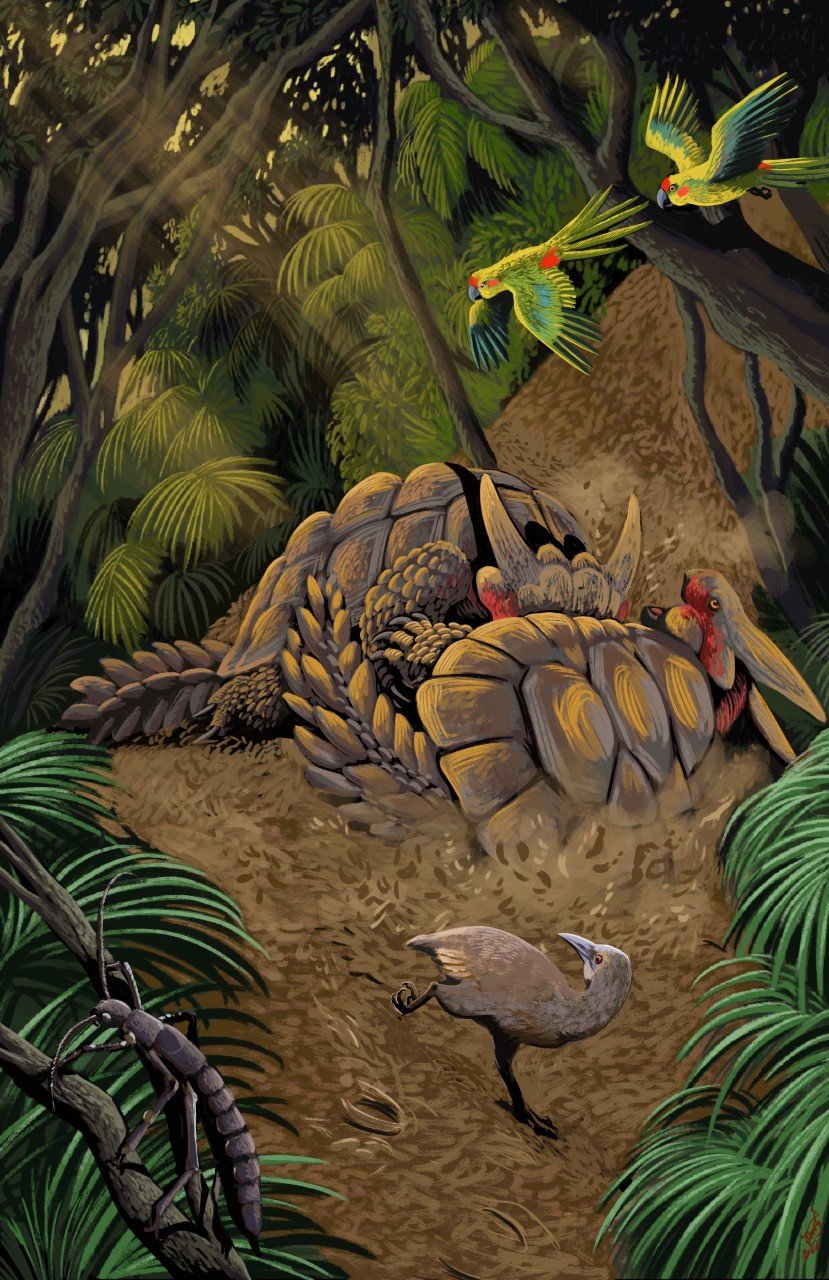
Isles of the Tasman Sea – Part I: Lord Howe
600km off the east coast of Australia, amidst the Tasman Sea, sits a tiny archipelago – the only specks of land for a hundred leagues. The Lord Howe Island Group. Today the entire archipelago is considered UNESCO world heritage due to its interesting collection of flora and fauna with high rates of endemism. Unfortunately, as is also often the case with islands, this diversity has become much diminished in historical times.
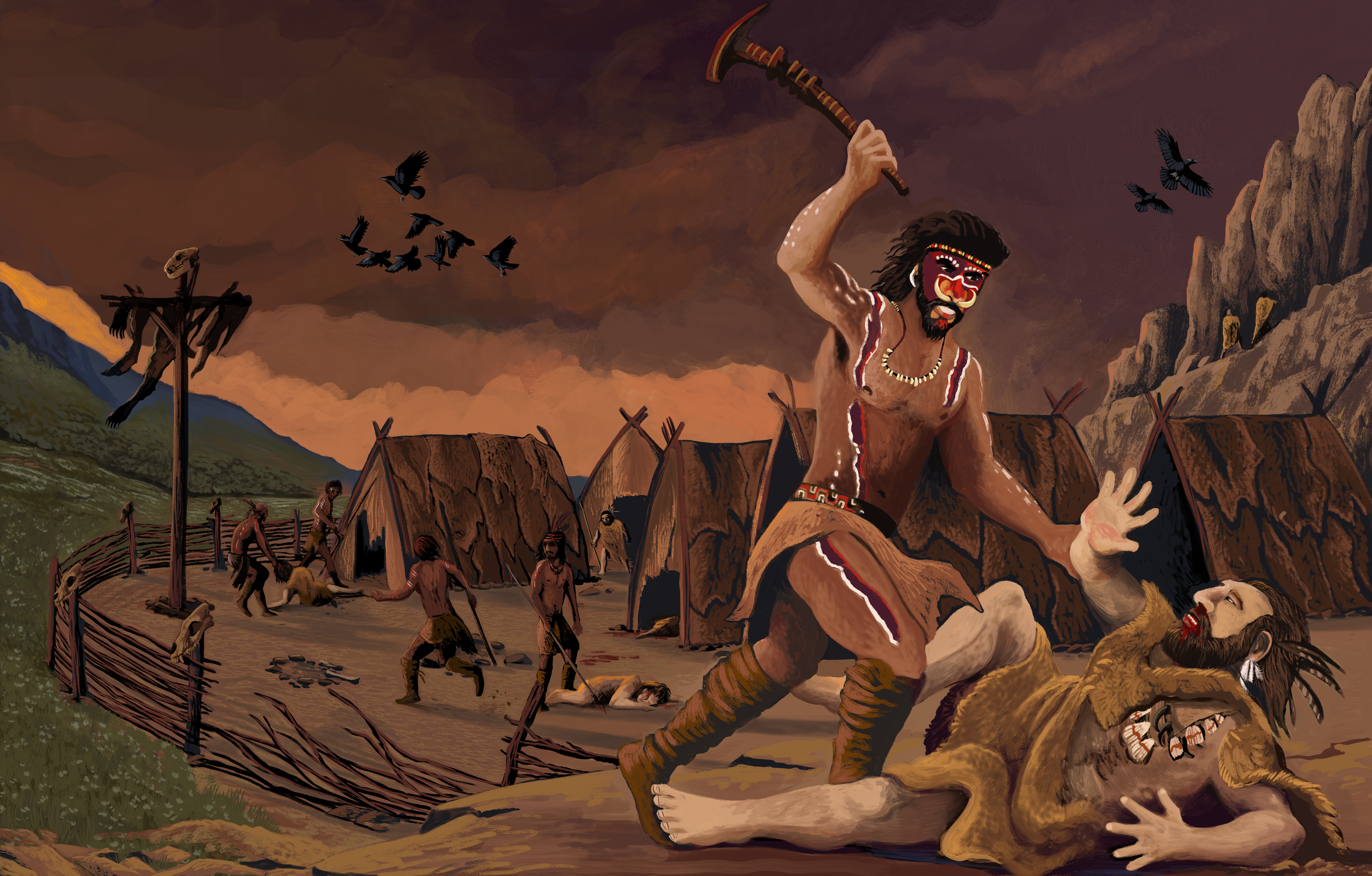
First and Last Men Part I - Adam's Kindred
It is an odd thing to consider that only a couple centuries ago there existed among neither the public nor the sciences any particular notion of prehistory. There was history, of course, a field both venerable and respected, but nothing before it. The annals of the Old Testament traced back the lines of man to the very dawn, or so it seemed, and little in the way of archaeology or palaeontology had ever arisen to complicate this picture. The histories seemed complete, a record from dawn till dusk. The process of discovery is rarely gentle. The advent of geology, palaeontology and complex archaeology have resulted in nothing less than a total reinterpretation, if not revolution, in our view of human history. If the old narratives were not destroyed, they were rendered at least vastly more complex than hitherto thought. From this process of discovery and transformation has arisen an entirely new cultural vocabulary, never before known: Extinction, evolution and the vastness of time became concepts enmeshed in popular thought. For the first time in millennia, people spoke of the mammoth and the sabretooth. For the first time in history, of the dinosaur. Yet of all the new images and ideas, perhaps the most startling was also the most familiar: the man before Man, the dweller in the grottos, the ur-person. The Caveman.
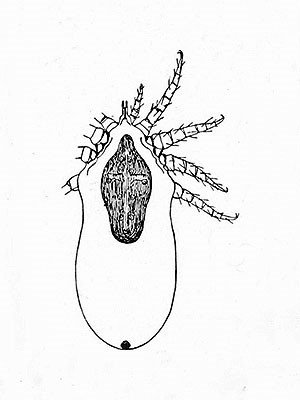
Unwelcome Guests – Coextinction of Parasites
In biology, parasitism is a form of symbiosis, a close association between species, in which one species (the parasite) exploits another (the host) for its own benefit. This aspect of harm is what separates parasitism from other symbioses, such as commensalism, in which one species sees gains while other isn’t affected. Most parasites depend entirely on their hosts for nourishment and/or habitat, and so they become intimately tied in an evolutionary context. This host dependence often leads to extreme adaptations and body plans tailored to surviving on – or in – another organism’s body.
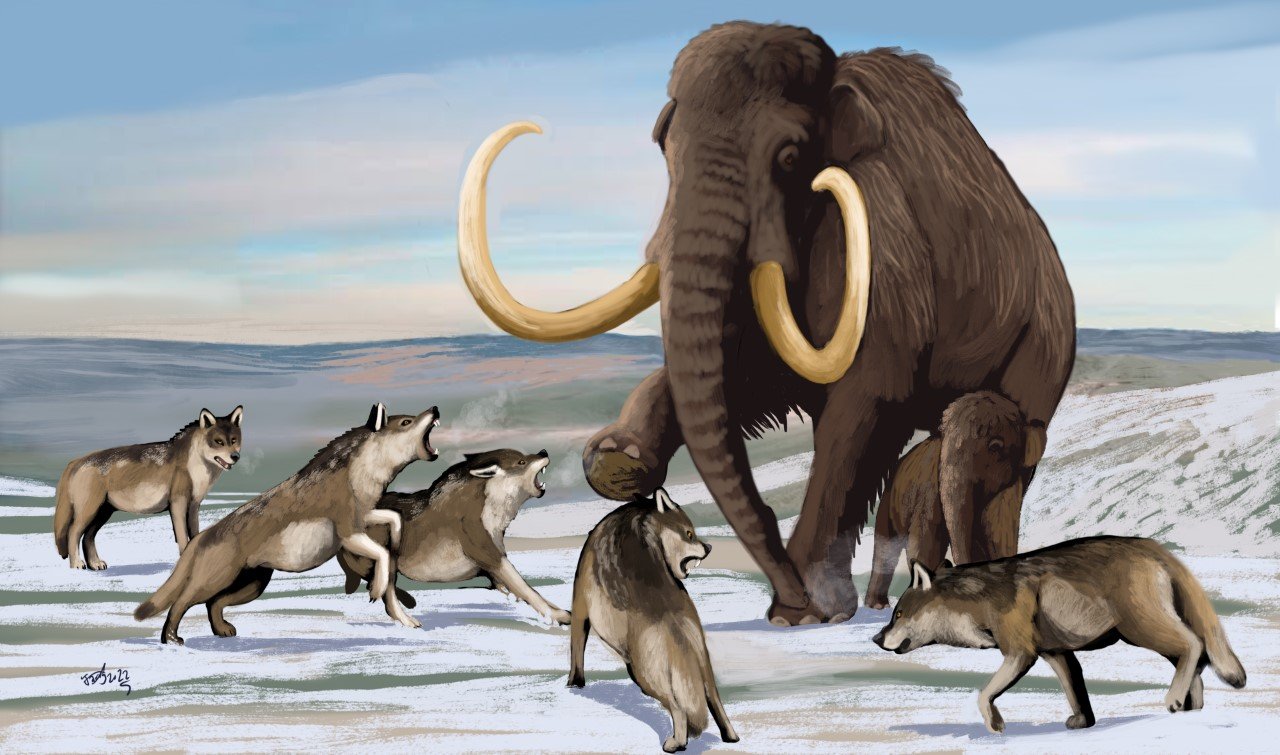
Changing the Guard: Extinction and Migration in Ice Age America
At the end of the Pleistocene, North America saw the extinction of about 70% of its megafauna guild - a catastrophic event, the cause of which is fiercely debated today. The magnitude of this loss may however be a conservative figure, a suspicion that arises when perusing the list of ‘surviving’ mammalian megafauna, because many also are present in Eurasia.
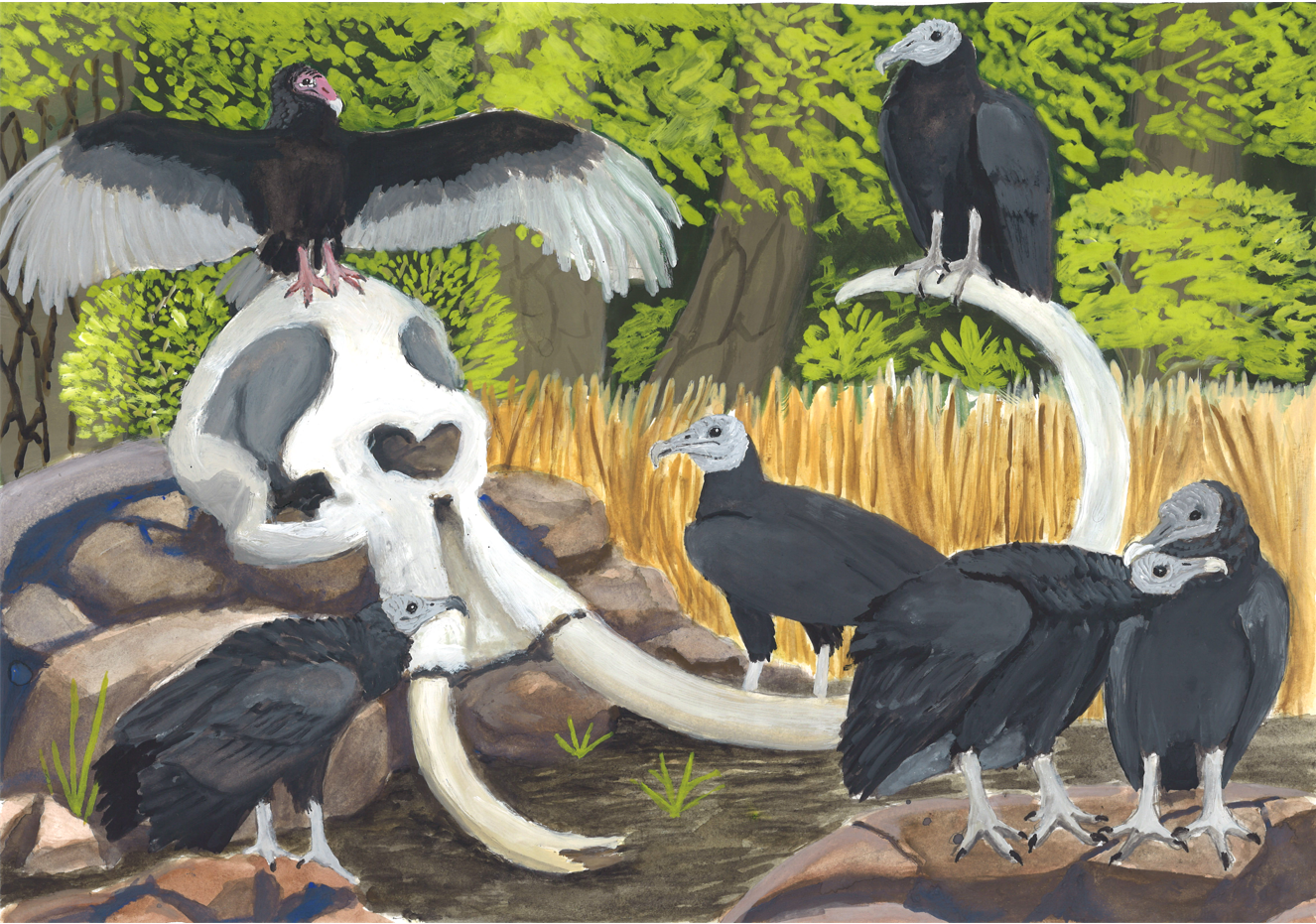
Plight of the Undertakers – the extinction of carrion birds in the Americas
The job of an undertaker is likely one of the most stable professions out there. After all, everyone will be dead at some point. And in the natural world, the dead are a free and relatively easy meal ripe for the taking. Of all the scavenging vertebrates, birds are among the most efficient and diverse.
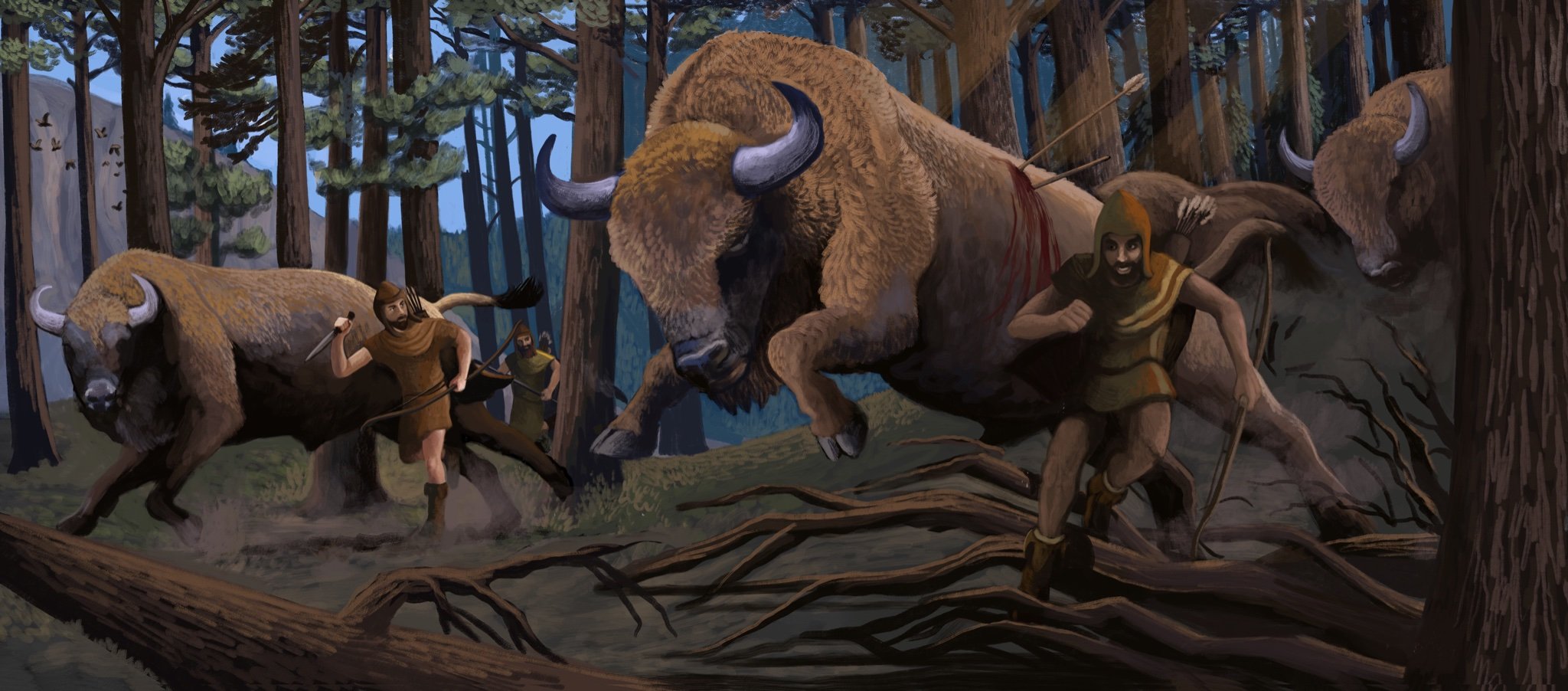
Europe - part III: Into the Holocene
The end of the last Ice Age had enormous repercussions for the landscape of Europe. It has traditionally been posited that there existed during the glacial periods a series of refugia in the southern regions of Europe. Here, the temperate, heat-craving species survived, and later spread out after the end of the glacial.
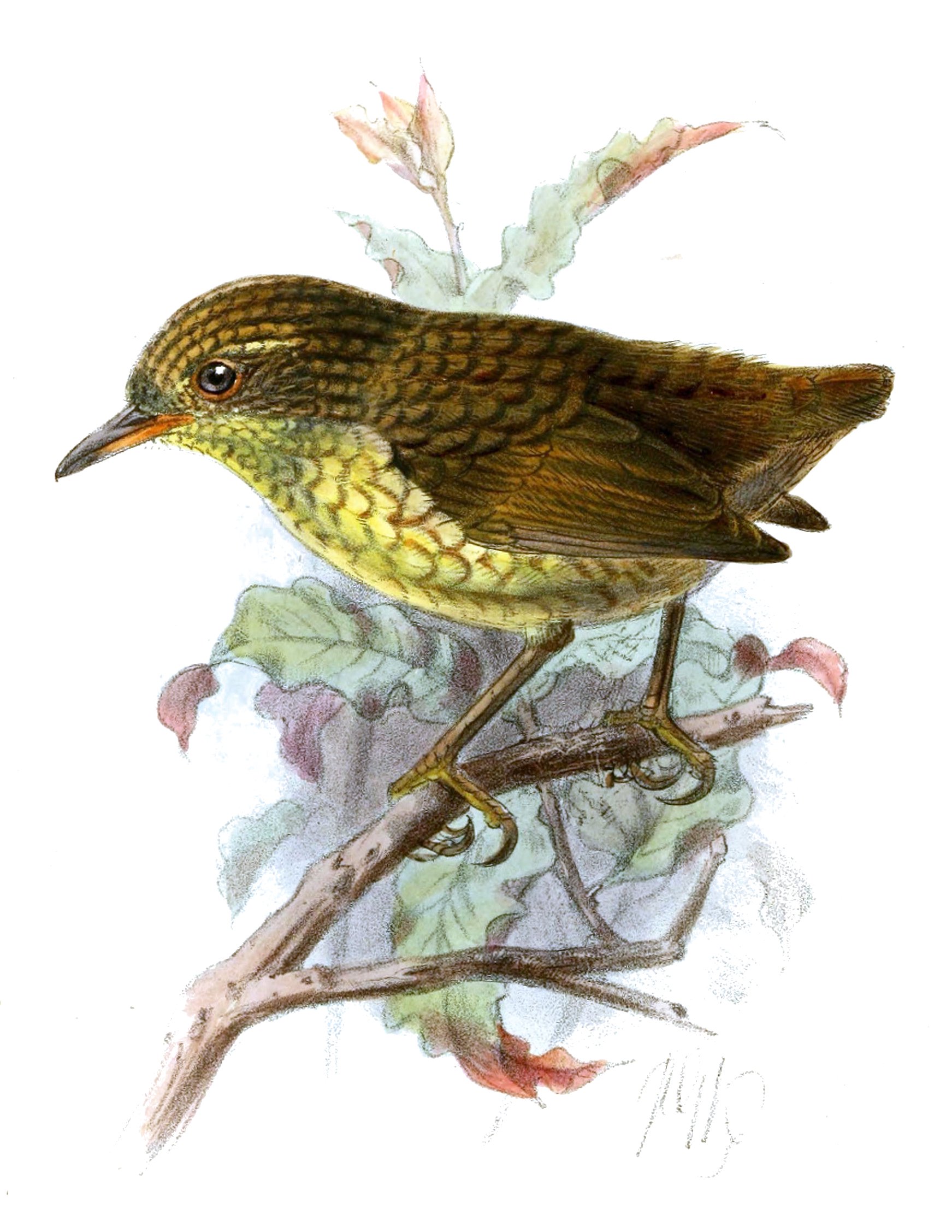
The Flightless Wren and the Lighthouse Cat
Extinct species are a fascination to most people — organisms which will never again be seen by man take on almost mythical properties, especially those which have no modern analogs. As might be expected, some tales of extinction have therefore grown prolific in the public mind, from the mass harvesting of passenger pigeons (Ectopistes migratorious) to the bounty hunting of Thylacines (Thylacinus cynecephalus). These eradications usually play out over decades and sometimes even centuries, but one remarkable story details an extinction in only a year in a tale involving a lighthouse keeper and a rampaging cat.
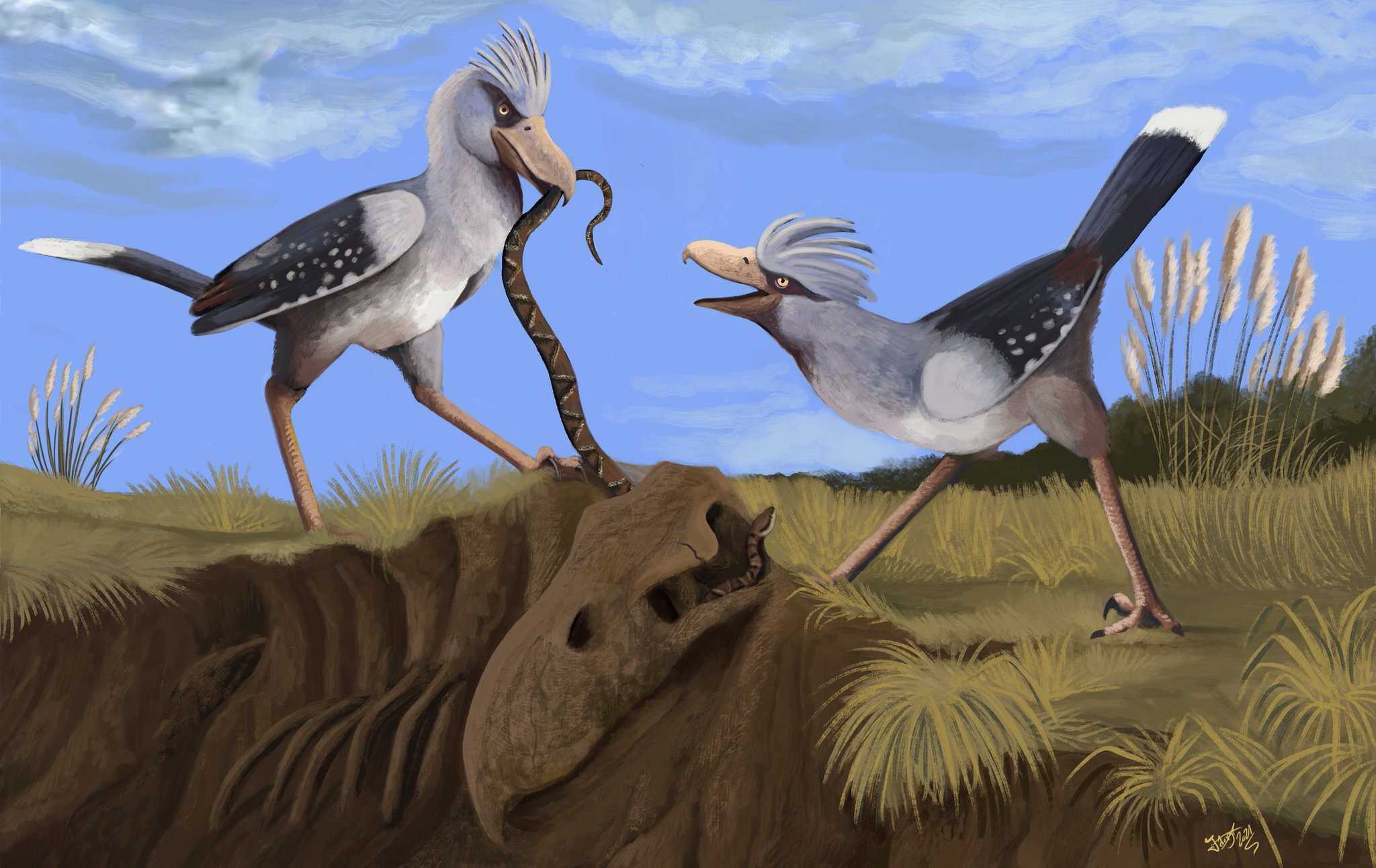
The Last Terror Birds: A review of Phorusrhacids and their Plio-Pleistocene occurrences
These were the ’terror birds’, more rightly the members of the family Phorusrhacidae, whose outsized role in the prehistory of South America is matched only by their ubiquity in the prehistoric pop-culture of our modern day. Few groups of the Cenozoic, mammal, bird or reptile, have captivated the modern imagination as much as the terror birds. Denizens of South- and, for a time, North America, they ranged from the Eocene all the way until the Pliocene and, as we will discuss in this article, probably the Pleistocene as well.
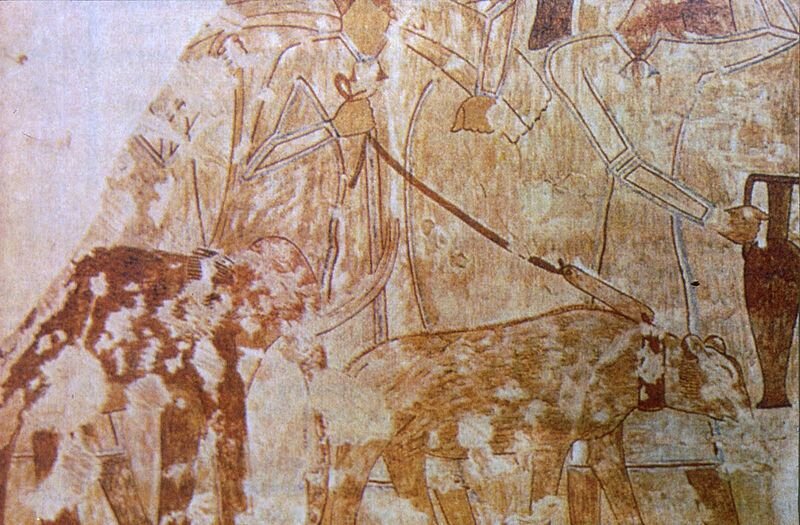
Elephants of the Aegean - Dwarfs and Giants of the Ancient Sea
The very words “dwarf” and “elephant” seem to us today utter contradictions, yet it was not always so. The Aegean, the blue heart of Greece, was once home to not one but dozens of diminutive elephants, scattered across the ocean’s myriad isles, isolated for hundreds of thousands of years. Until they weren’t.
